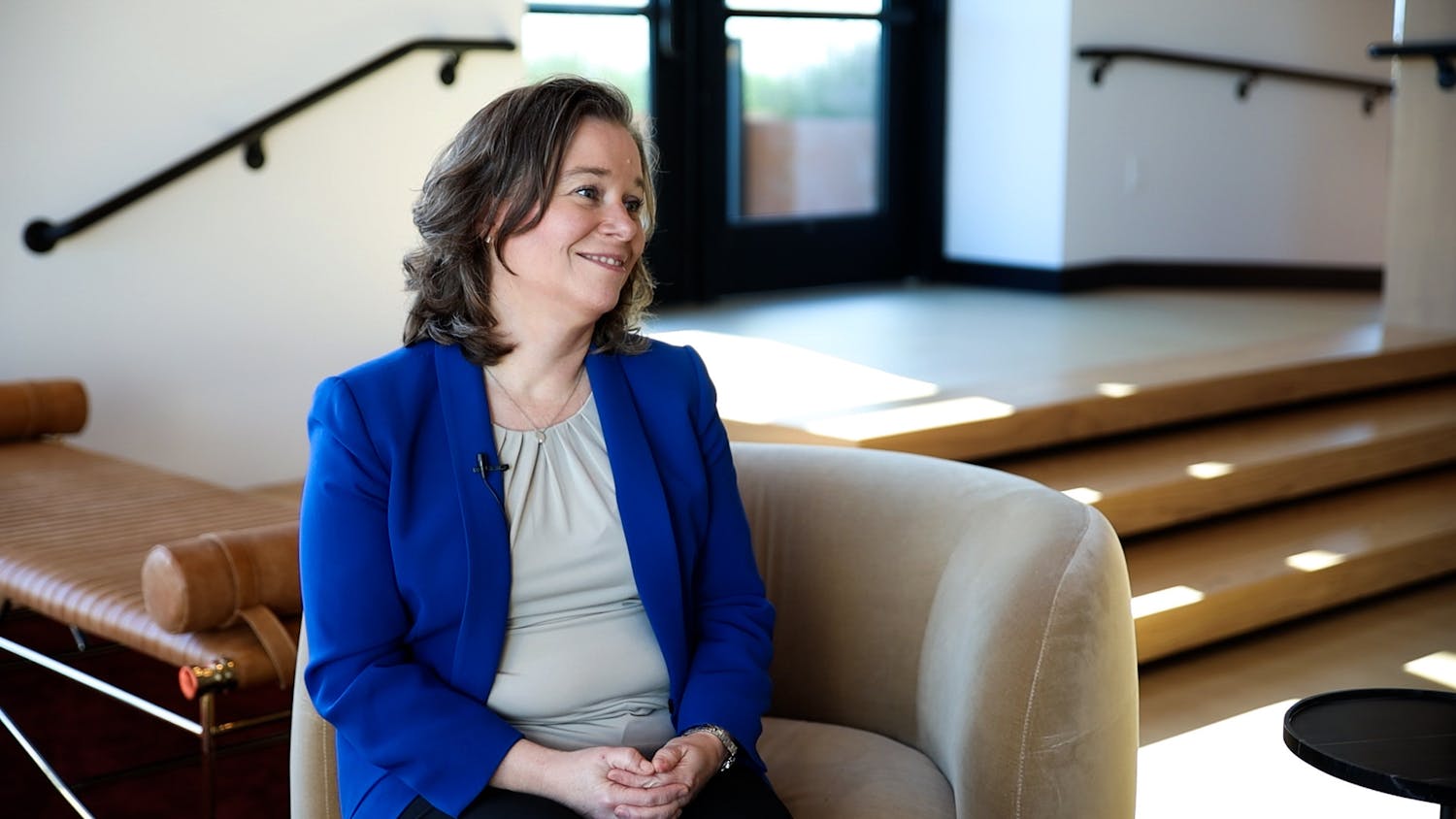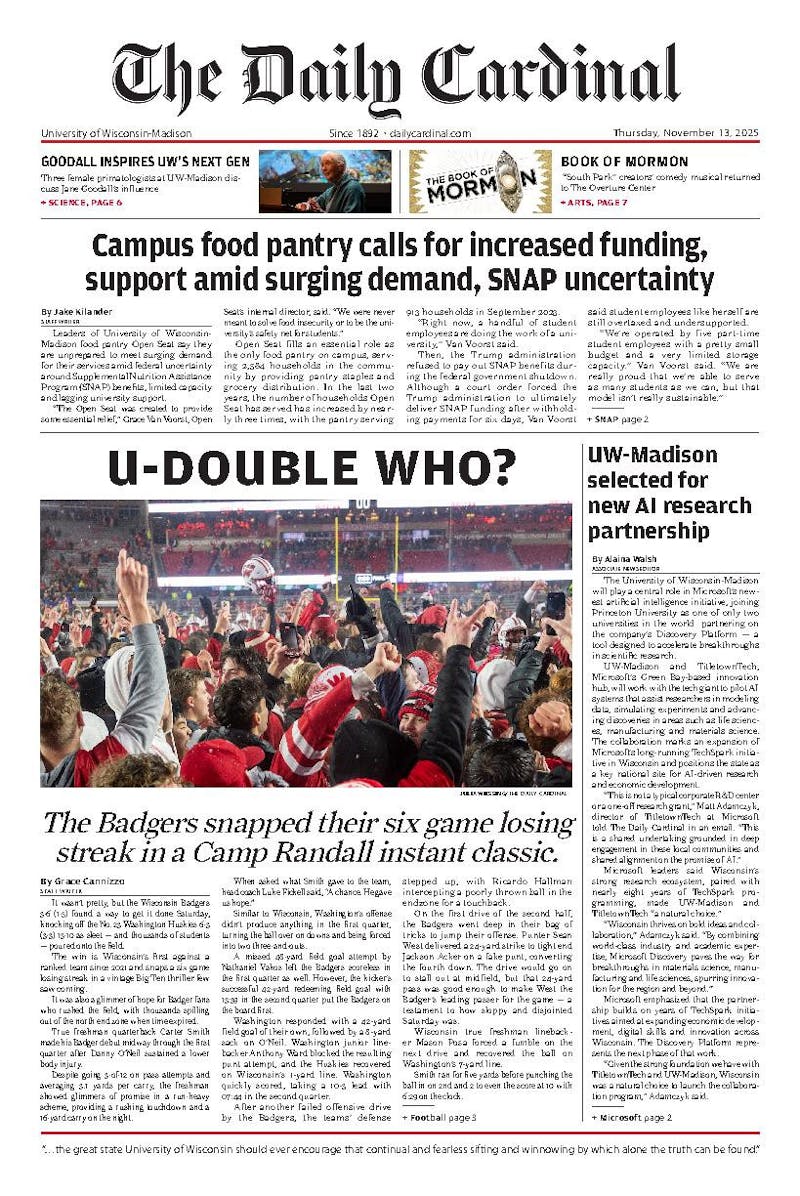After it happened, Stacy* showered more than five times a day for a whole week. She didn't go to class and wouldn't go out on the weekends until months later. ""My emotions went back and forth, between embarrassment and self-loathing,"" she said. ""At first, I didn't think it was possible because that night I was hanging out with a group of guys I had known since high school.""
""When I woke up on their couch the next day, I ached all over and could barely walk,"" she said.
A trip to the doctor found more than two milligrams of Rohypnol in Stacy's system and gashes on her wrists from someone attempting to tie her up. She had been raped, and nearly overdosed, by one of her closest friends. The worst part?
""I don't remember anything from that night so I don't know which one of my friends it was,"" she said. ""I have never been so humiliated and scared.""
So humiliated, in fact, that Stacy never pressed charges, and not knowing who it was, still hangs out with the same group of friends.
Sadly, Stacy's story is growing more common at UW-Madison. According to a 2005 report published by the university, 83 percent of major sexual assaults in the campus area were conducted by a person acquainted with the victim.
""I carry pepper spray with me when I walk home, and don't walk anywhere alone when it's too late,"" Stacy said. ""But I never thought I'd have to protect myself against people I knew.""
Not all assaulters are close friends, as in Stacy's case, but are often encountered in the larger social scene—the guy at the bar, the friend of a friend or the person watching when you leave your drink to go to the bathroom.
Kelly Anderson, director of the Dane County Rape Crisis Center, said assailants are often men women trust—boyfriends, classmates or friends.
""We don't differentiate between date rape and stranger rape,"" she said. ""Date rape is rape.""
She added that the only person who can definitely prevent rape is the assailant, by not committing the crime. However, there are also important risk-reduction and warning signs women can look for.
University Health Services offers three suggestions for staying safe to the women at highest risk for rape—ages 16 to 24.
First, be aware of your coherence level during a sexual encounter—if you cannot be sure everything that will happen is consensual, it should not happen. Second, it is not safe to share or trade drinks with anyone. Finally, if someone offers to buy you a drink, watch as it's made. Date rape drugs are not always detectable, but be aware of extra saltiness or bitterness.
Unfortunately, there are many kinds of date rape drugs that are becoming increasingly easy to make—a simple Google search produces hundreds of websites encouraging hopeful concoctors with phrases such as, ""put a woman flat on her back in a moaning state of carnal bliss.""
While hybrids can make these drugs hard to detect, there are telltale signs.
Rohypnol is the most well-known date rape drug, often referred to as a ""roofie."" Its sedative effects are intensified by alcohol. If being used in an assault, the pill will be mixed in a drink. According to UHS, the pill will turn light-colored drinks bright blue and dark drinks cloudy.
GHB (gamma-hydroxybutyrate) is a depressant that has also recently become popular as a club and rape drug. It is usually homemade and has a subtle salty flavor.
The sedative Chloral hydrate is another increasingly common rape drug, and also often homemade. It usually has a bitter taste.
While all these drugs are common and easy to make, the No. 1 rape drug is something most college students consume on a regular basis—alcohol.
""Sometimes you don't have to put anything in a drink,"" Anderson said. ""It affects women differently than it does men. Perpetrators look for these vulnerable victims.""
She added, however, that a woman who gets drunk is not at fault in the case of a rape.
""We often hear a woman [who] has been assaulted is judged by her family and friends—the community,"" Anderson said. ""[People] judge and say they would not have done that, worn that outfit and walked with that guy to the party. There is a perception that [rape] won't happen to you or me ... [but] when that victim is you and you realize that you were so wrong about the person you trusted, you begin to doubt yourself.""
Many young women, like Stacy, feel just that sentiment. In a word, ""self-loathing.""
UHS and Anderson said date rape is also a huge psychological blow. Anderson said a sexual crime is much more severe emotionally than a violent crime.
""Imagine having to sit and tell me all the details of your last sexual encounter,"" she said. ""Sex is hard enough to talk about with all the shame and stigma that emerges when it is not consensual. Add the layer that someone that you knew and trusted violates that in the most profound way possible.""
Stacy said she will never come forward and confront her friends. Instead, she spoke to a doctor and received counseling. That was her healing process, she said.
*name has been changed for privacy





